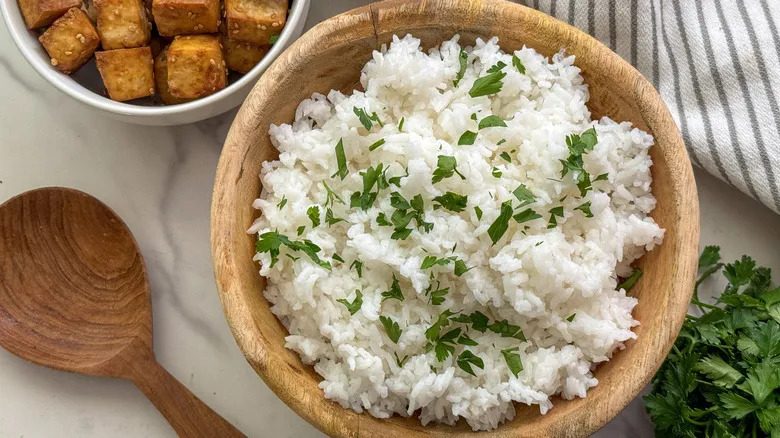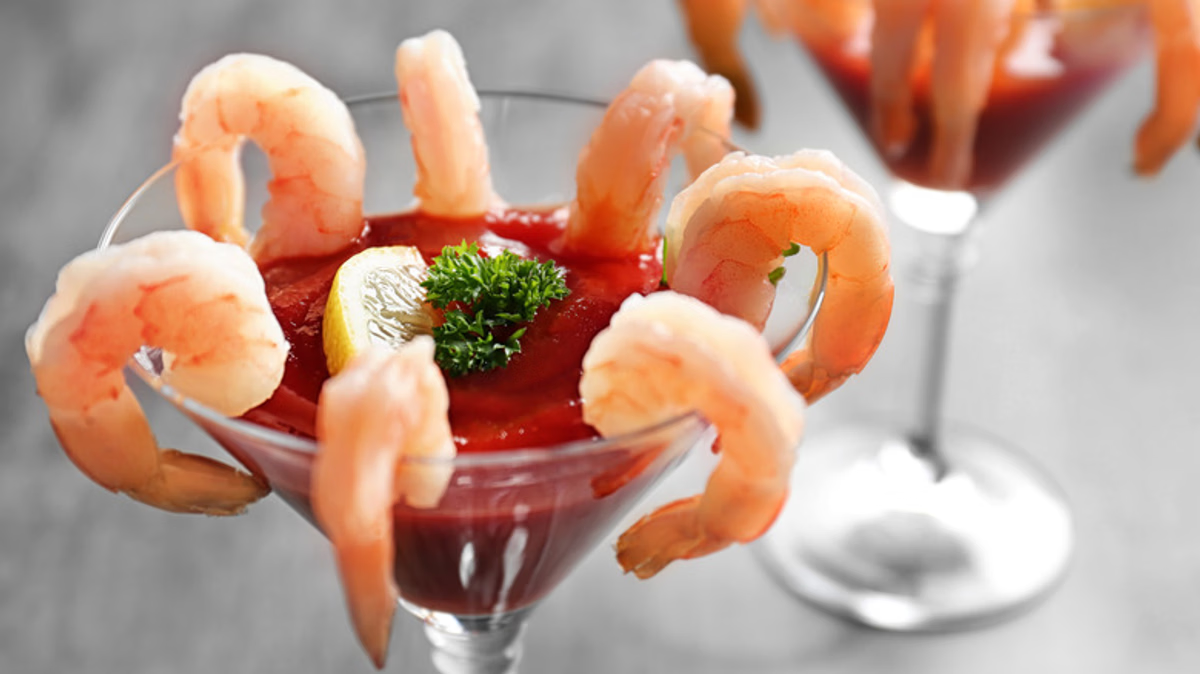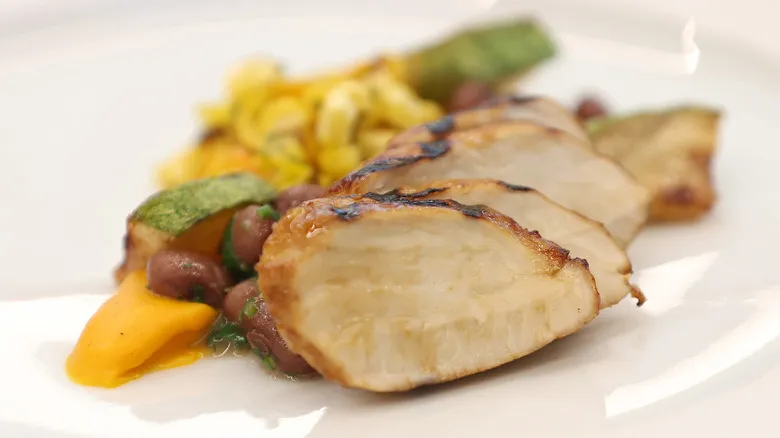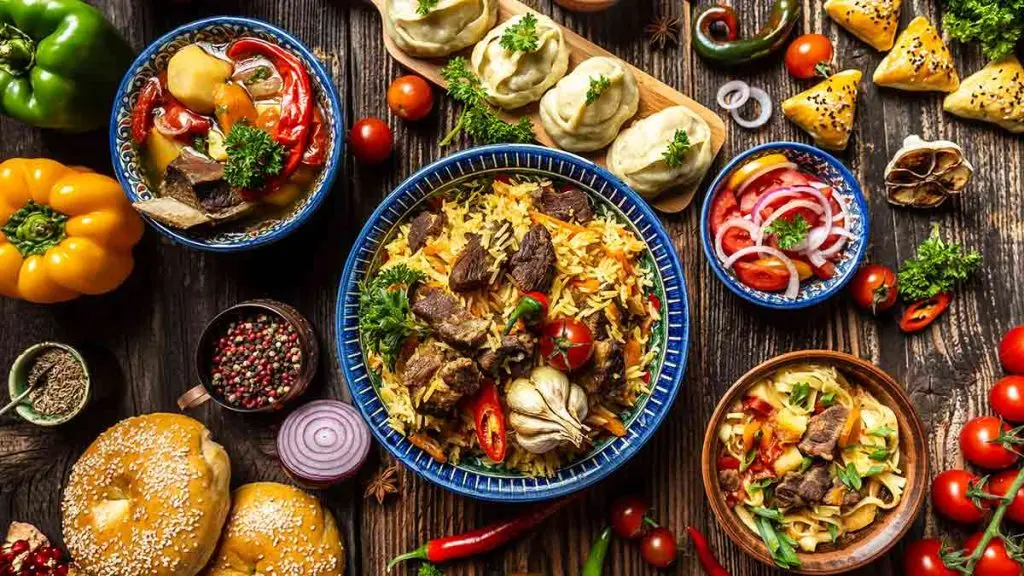Differences between the grapes and production
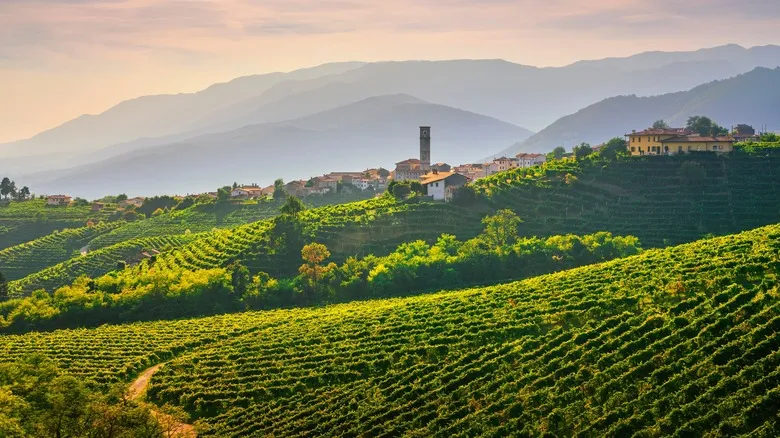
Each type of sparkling white wine is crafted from distinct grape varieties. Prosecco was originally made from a grape called Prosecco, which has since been renamed Glera. To qualify as Prosecco, this grape variety must constitute at least 85% of the wine, while the remaining 15% can include grapes such as Pinot Bianco, Pinot Grigio, Verdiso, Perera, Chardonnay, and Bianchetta Trevigiana.
Champagne, on the other hand, can be produced from a wider array of grape varieties, including Chardonnay, Pinot Meunier, Pinot Noir, Pinot Blanc, Pinot Gris, Petit Meslier, and Arbane. The regulations for Champagne are somewhat more flexible than those for Prosecco, as there are no specific percentage requirements; it can be made from any one of these varietals or a combination of them.
The winemaking process for both begins similarly: grapes are harvested and crushed, yeast is added to the grape juice, and a primary fermentation occurs. The key difference lies in the secondary fermentation. Prosecco undergoes its second fermentation using the Charmat or tank method, where the wine is kept in sealed tanks for about a month, sometimes extending to nine months, to capture the carbon dioxide. In contrast, Champagne's second fermentation, known as traditional fermentation or méthode Champenoise, occurs within the bottle for a significantly longer period, lasting at least one year. Once the Champagne is ready, the yeast is removed from the bottle, and a small amount of sugar and wine must is added to enhance its flavor.
Differences between flavor and bubbles
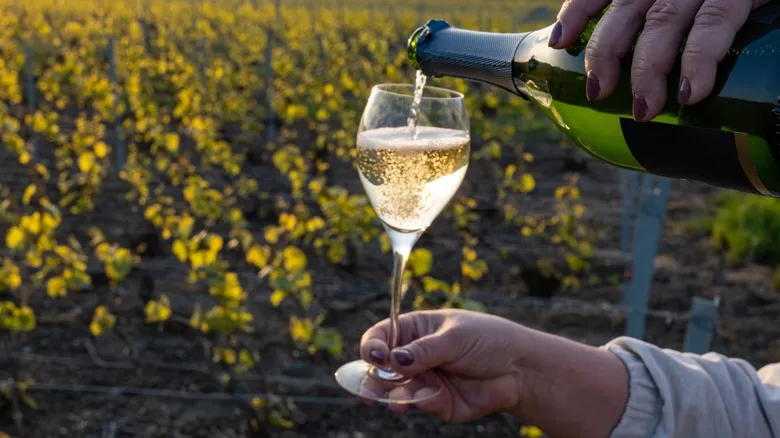
The secondary fermentation plays a crucial role in shaping the final taste of each wine. A notable distinction is that Champagne undergoes a longer period of yeast contact while it ages in the bottle, whereas Prosecco has the yeast removed before bottling. The flavors influenced by yeast—often present in beers like Belgian dubbels and tripels—can evoke notes of toast and baked goods. Beyond these bready characteristics, Champagne boasts a complex array of flavors, including stone fruits, dried fruits, nuts, strawberries, citrus, and even creamy undertones.
In contrast, Prosecco typically lacks these bread-like flavors, favoring more delicate profiles. While it remains a flavorful wine, its dominant notes are often floral, vanilla, citrus, pear, and apple. This Italian sparkling white wine can also exhibit some nutty or creamy hints similar to Champagne, with subtle touches of hazelnut and banana cream.
The effervescence of the two sparkling wines also varies. Prosecco features larger bubbles that rise quickly to the surface, resulting in a frothy mouthfeel. There are two main categories for Prosecco's carbonation levels: spumante, which is fully sparkling, and semi-sparkling frizzante, which is less effervescent. The bubbles in Prosecco tend to dissipate more rapidly than those in Champagne, which are finer, more delicate, and persist longer in the glass. Overall, Champagne is regarded as a more carbonated wine compared to Prosecco.
Levels of sweetness in the two sparkling wines
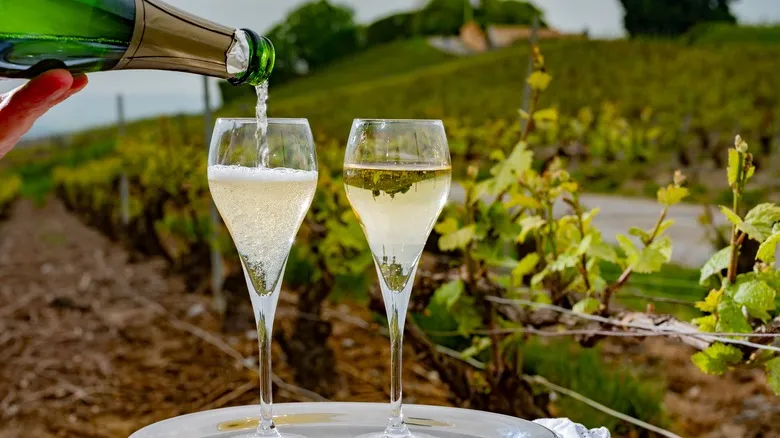
No matter your wine preference—whether you enjoy dry or sweet—there's a suitable Prosecco or Champagne for you. Wine labeling goes beyond just sweet or dry; there are more specific subcategories to consider. The sweetness of each wine type is measured by the grams of residual sugar per liter. The most popular Prosecco style is extra-dry or brut, which contains the least residual sugar. If you prefer something sweeter, opt for dry or semi-dry, often referred to as demi-sec.
In the realm of Champagne, brut is also a favored choice for sweetness levels. For an even drier option, you can choose extra brut or brut nature. Similar to Prosecco, there are dry and semi-dry options for those who like a touch of sweetness, but Champagne can reach up to doux, which is quite sweet and works well as a dessert wine. While Prosecco can achieve this level of sweetness, it is less common.
Differences between price and occasion
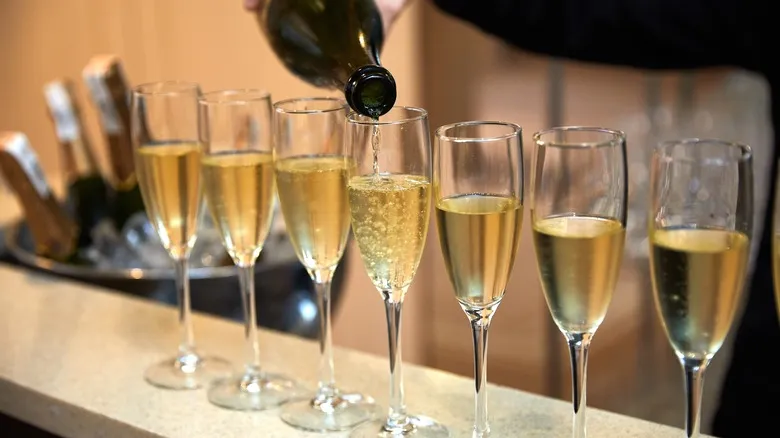
There is a significant price disparity between the two types of sparkling white wines, with Champagne typically being the pricier choice. A decent bottle of Champagne usually costs around $40, whereas a good bottle of Prosecco can be found for about half that price, around $20. This pricing does not necessarily indicate that Champagne is superior; rather, it reflects the intricacies of its production process and the length of fermentation, which contribute to the higher cost. Champagne undergoes a much longer fermentation process than Prosecco, and the method of killing and extracting yeast after bottling is considerably more labor-intensive.
It is misleading to label Prosecco as a cheaper version of Champagne. Prosecco can be just as high-quality and enjoyable as Champagne, but it comes with a more affordable price tag due to its shorter fermentation time and less labor-intensive production. This is why Champagne is often chosen for celebrations and special occasions—its higher cost makes it a popular choice for such events.
Prosecco is also perfectly suitable for special occasions; sparkling wine is always a festive and enjoyable option. The Italian sparkling wine may be more advantageous for serving larger groups, especially when on a budget. For brunch, Prosecco is often the preferred option, as its floral notes complement orange juice in mimosas, while the more complex flavors of Champagne, particularly the aged varieties, are best savored on their own.
Serving and pairing Prosecco and Champagne
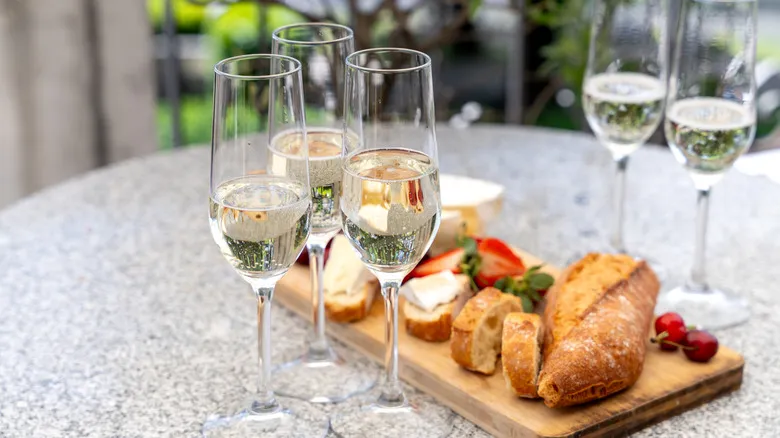
You’re now well-versed in the differences in production, bubbles, flavor, and price between Prosecco and Champagne. The final step is to learn how to serve and pair these sparkling wines effectively. Both should be served well chilled to enhance their flavors. While the slender flute is the traditional glass for Champagne and sparkling wine, some winemakers and experts prefer alternatives. The narrow shape can restrict the wine's ability to breathe and fully showcase its complex flavors and aromas. A tulip-shaped glass, which has a narrow top and a wider bowl—like the Gabriel-Glas—can be a better choice.
Champagne is famously paired with caviar, but more budget-friendly seafood options like shellfish and raw seafood also work wonderfully. Fried snacks and salty potato chips create a delightful contrast to the wine's light sweetness and effervescence. When it comes to food pairings, Prosecco is quite similar and complements these dishes and snacks just as well. While pairing wine with spicy foods can be tricky, low ABV wines like Champagne and Prosecco excel in this area. Their bubbles and subtle sweetness provide a refreshing counterbalance to spicy dishes and help cleanse the palate.
Prosecco pairs beautifully with Italian cheeses and cured meats—think burrata, mozzarella, parmesan, pecorino romano, prosciutto, and salami. It’s the ideal choice for an antipasti platter or a pizza topped with mozzarella. Don’t overlook dessert; fruit-forward and citrusy treats harmonize with the similar notes found in sparkling wine. Additionally, the wine's acidity and carbonation can cut through rich, creamy tarts and puddings, enhancing the overall experience.
Recommended
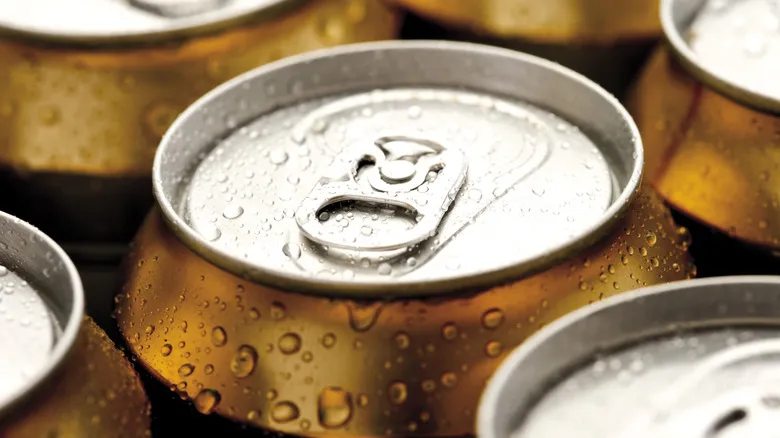
Why It Took Over 100 Years To Put Beer In A Can
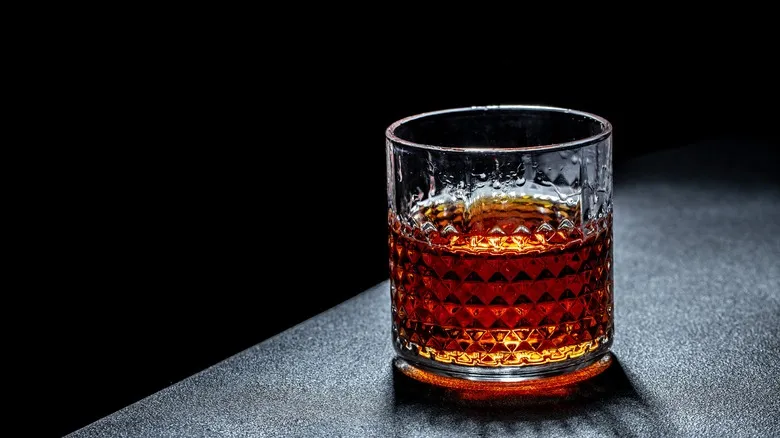
9 Bottom-Shelf Bourbons That Are Actually Worth The Buy

What Do The Letters 'DDH' Mean When It Comes To Beer?
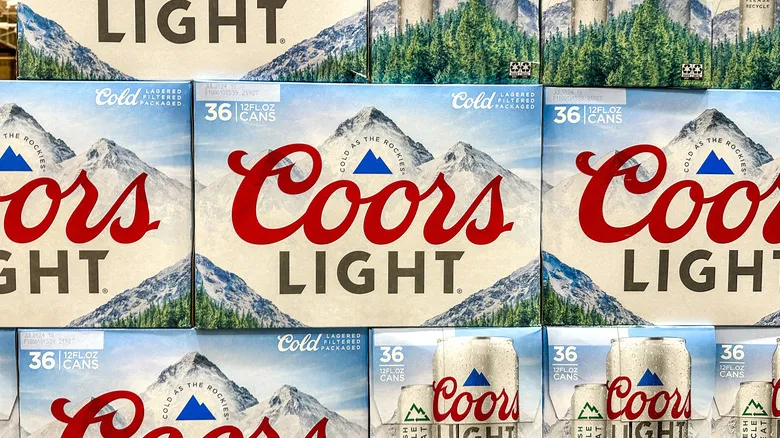
Coors Light Is Making A Major Change Immediately After The Super Bowl
Next up


